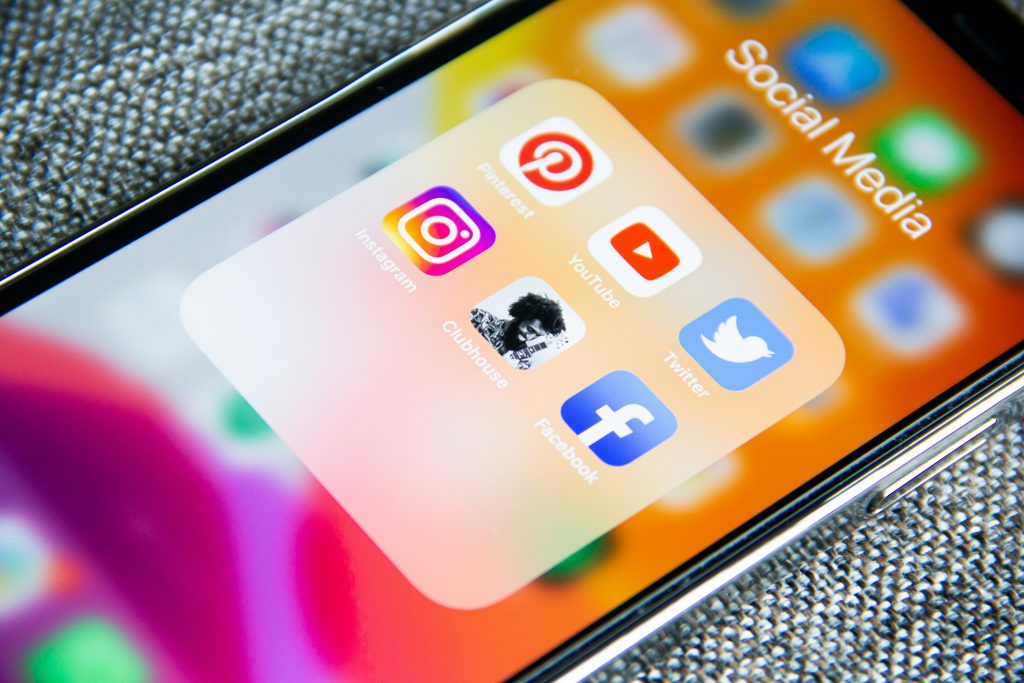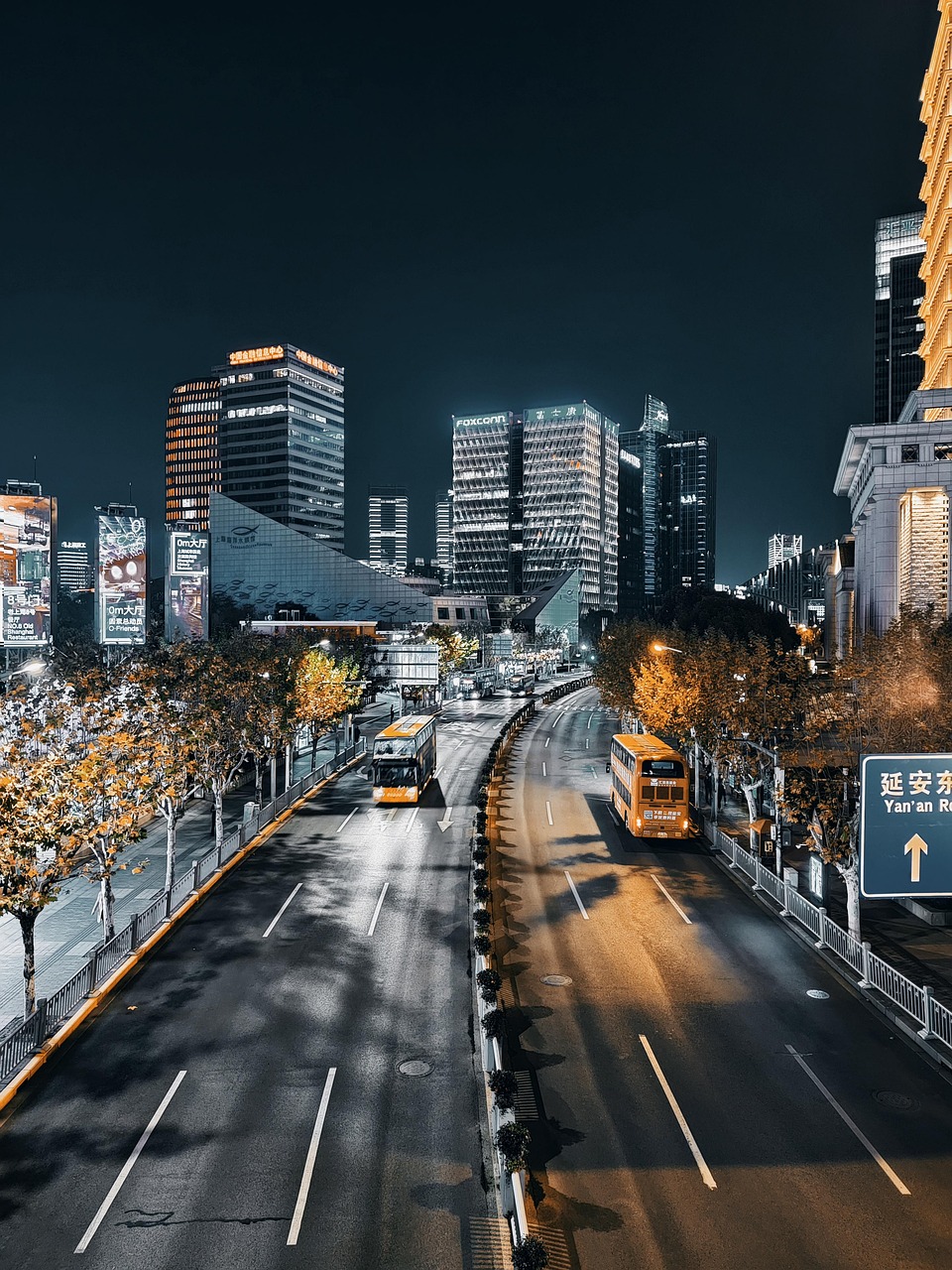Spending only a hundred dollars on a billboard sounds like a gimmick. Most people think you’d barely get a few hours in front of a quiet road somewhere no one notices. But here’s the thing. The real goal wasn’t to buy attention in that one location. It was to create something people would want to photograph and pass around online. The billboard itself was just the spark.
You can buy digital billboard space in tiny chunks if you know where to look. Some platforms let you book spots for as little as ten bucks a day. That means you can run a quick burst in prime locations without blowing your budget. For us, speed mattered even more than cost. The idea was tied to something happening right then, and we needed the ad up the same day the conversation was hot.
The design was stripped down to the essentials. We borrowed a trick from the Barbie movie’s all-pink ads. A single color that pops in photos, a short line of text, and nothing else to distract the eye. Minimal design gets noticed because it looks different from the clutter around it.
Why even choose a billboard in the first place? Because outdoor ads are perfect for social media. People love posting photos of something unusual they spot in the real world. Studies show that out of home ads often drive more online action than their share of ad spend would suggest. That multiplier effect is what we were chasing.
We could have gone the “wild posting” route, but that gets expensive fast when you do it legally. Printing, labor, and location fees add up to thousands in some cities. The micro-buys on digital boards were cleaner, quicker, and cheaper. We stayed within budget, got a legal placement, and had full control over when and where it appeared.
The next step was making sure it didn’t just fade into the background. We filmed the billboard from two angles. One wide shot to show the surroundings, and one close enough to read clearly on a phone screen. Then we posted clips on TikTok and X with the city tagged. We also reached out to a handful of local social accounts that post interesting sights from around town. That push is what turned a local stunt into something global.

The spread happened quickly. Within hours, the video was being shared in other countries. The format helped a lot. Algorithms like novelty, quick hits, and anything that feels “real world.” The landing page we linked to even switched languages automatically and featured local examples for each viewer’s country, which made it easier for journalists abroad to cover.
In practical terms, the one hundred dollars paid for ten short ad runs in a single day. That was enough to capture clean footage and pick up a few real-world views. Everything after that came from people sharing the content. The money never bought reach in twelve countries. The story did.
If you’re thinking about pulling off something similar, keep three things in mind. First, design it for the camera. Make it bold, simple, and impossible to miss in a photo. Second, plan your first wave of distribution instead of hoping it “just happens.” Get your content in front of people who already have an audience for this kind of thing. Third, judge the results by how much online engagement you get, not just impressions in the real world. That’s the real leverage with a stunt like this.
A hundred dollars isn’t much. But with the right timing, the right look, and the right push, it can be enough to make the world notice.


Leave a Reply